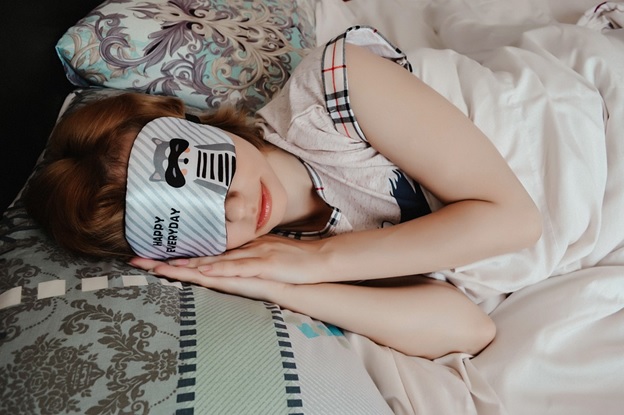Mattresses for Each Type of Sleeper: According to Sleep Moment’s survey, your stress level affects the quality of your sleep, in most cases your sleeping position is a big factor too. Most people follow a pattern when they sleep—they go to bed around the same time, have the same wind-down habits, and sleep in the same position. And while all of these things can seem natural, they also have the ability to impact the quality of your sleep.
The position in which you sleep can cause or even relieve health issues, like snoring, sleep apnea, and back and neck pain. If you’ve been sleeping the same way for decades, it can be difficult to change your position. What you can do, however, is choose a mattress that matches your sleep style for optimal support and better sleep.
Table of Contents
What Kind of Sleeper are You?
Sleep style is highly varied. Most people sleep on their sides, but within this category are all kinds of positions: reaching your arms forward, resting your head on one arm, curling tightly into the fetal position, and more. Fewer people sleep on their backs and even fewer on their stomachs. Even within these less common positions, though, variety abounds.
You may also be a hot sleeper, constantly waking up uncomfortably warm and sweaty, or a cold sleeper, always looking to pile on more blankets. You may be a restless sleeper who kicks pillows off the bed all night or a cuddler, affectionately disrupting your partner’s sleep. All of these variables determine the ideal mattress for you.
What to Look Out For
Although various positions have different health effects, at the end of the day, the best sleep position is the one that provides you with the best, most uninterrupted, most comfortable sleep, and that’s different for everyone. If you don’t sleep well or you often wake with pain and stiffness, you may want to take a look at your preferred style and how changing it might improve your experience.
- Side sleeping– This is the most common sleep position and may prevent or reduce snoring. Side sleeping can also aggravate your joints, so consider flipping over to your back if you have achy shoulders.
- Fetal position– A common variation of side sleeping is curling up tightly in the fetal position. Many find it comforting, but it can also cause hip pain. Keep a pillow between your knees to avoid discomfort.
- Back sleeping– The next most common position is back sleeping. This can trigger low back pain and also worsen sleep apnea and snoring. That said, back sleeping is best for avoiding neck pain and heartburn.
- Stomach sleeping– Not many people sleep on their stomachs. It can reduce snoring and breathing difficulties, but it puts your spine in a non-neutral position and places pressure on the lumbar area, which can lead to pain and stiffness.
If you share a bed with a partner, your sleep style and positioning should take your partner’s needs into account, as well. Perhaps you like to spoon, but your partner prefers to sleep on their back. You have to compromise and match your styles to make sure you both wake as refreshed as possible.
Mattresses for Each Sleep Type
If you’re happy with your sleep style or are simply unable to change it at this point, your next best step is to get the best mattress that matches it:
- The Hot Sleeper– If you run hot when you sleep, you need a mattress that lowers your body temperature. The best cooling mattresses are breathable, like those from the brand DreamCloud, which feature cooling covers made from a cashmere blend.
- The Back Sleeper– Unless you have breathing issues, back sleeping is considered the ideal sleep position. It keeps your spine primarily in alignment so it can rest in a neutral position. Look for a mattress like the Saatva Classic, which improves spinal alignment and has a pillow top about two inches thick to provide lumbar support.
- The Side Sleeper– Side sleepers need the most support because of all the gaps this position creates. It can put high pressure on specific points and stress the spine, preventing it from aligning neutrally. You will need a softer mattress or a thick pillow top for support and to neutralize the spine. Try the Nolah Evolution 15, which has a luxuriously thick pillow top.
- The Stomach Sleeper– Stomach sleeping can reduce snoring and sleep apnea. On the other hand, it’s terrible for your neck. Because you must turn your head to the side to breathe, you’ll likely end up with a stiff, sore neck every morning. Stomach sleeping can also cause your spine to sag. You need a firmer mattress to support and align the spine. Try the Awara mattress with medium firmness to prevent sagging. The Airweave is another good choice that is even firmer and provides additional support.
The Right Mattress Makes All the Difference
Consumers have more mattress choices these days than ever before. The range of materials and firmness levels means you can find the perfect mattress for your sleep style. It’s worth taking the time to analyze how you sleep and consider possible improvements, so you can pick a mattress that will lead to your best night’s sleep.

